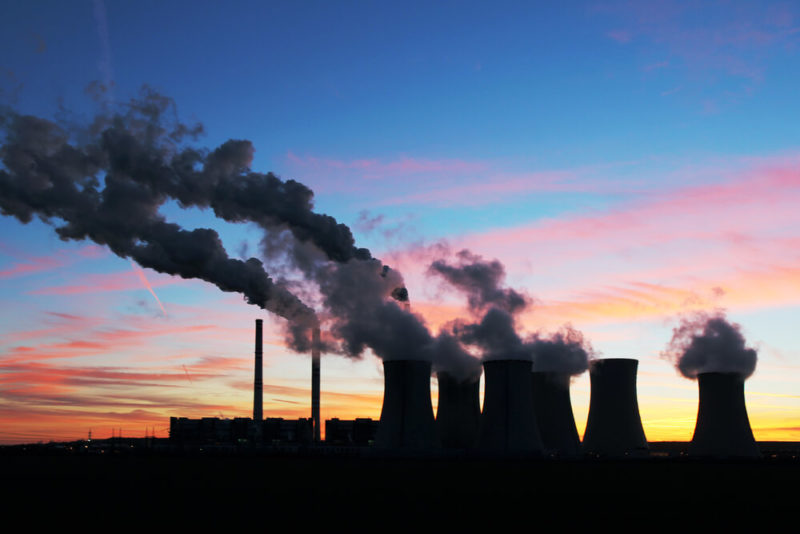

India’s largest power producer, NTPC Ltd. plans to start co-firing across all its coal-based thermal power stations in a bid to reduce greenhouse gas emissions and cut pollution, according to official sources. Co-firing is the use of two different types of fuel for generation of electricity. NTPC will be using Biomass for generation of electricity in a move that they expect will reduce the GHG emissions from its thermal power plants.
Biomass can typically provide between 3-15 percent of the input energy into a power plant. And according to sources the firm will start procurement of biomass pellets and torrefied biomass pellets/briquettes for co-firing across all its coal-fired power plants and will soon float a tender. The power corp will also look to burn biomass like scrap lumber, forest debris, crop residues, manure and some types of waste residues along with coal to generate electricity.
As per ‘Biomass Resource Atlas of India’ prepared by IISc Bangalore in collaboration with the Ministry of New and Renewable Energy (MNRE), India had about 145 million tonnes per year of surplus agro residue (based on survey data of the year 2002-04). This surplus agro residue can generate 18,728 MW of electricity.
The move will serve two motives according to the sources, first will be the large-scale utilisation in power plants to reduce carbon emission from coal-fired power plants. And secondly, to reduce air pollution caused due to the burning of surplus agricultural residue in fields by creating an alternate market for its large-scale utilisation in power plants.
Biomass co-firing has the potential to reduce emissions from coal-fuelled generation, without substantially increasing costs or infrastructure investments. Sources said the renewable energy generated using agro residue based fuel and can be cost competitive with solar and wind power. Research has demonstrated that when implemented at relatively low biomass to coal ratios, there are significant reductions in energy consumption, and solid waste generation, as well as reduced emissions.
The total bucket size (maximum quantity to be procured on daily basis) for each NTPC coal-based power station shall be 5 percent of daily coal consumption, adding total bucket size, which shall constitute pellets and torrefied pellets/briquettes, would be 0.5 metric tonnes per day per megawatt (MW). Thus for a 2,000 MW capacity power station, bucket size of normal pellets shall be 300 tonnes per day and bucket size of pellets and briquettes shall be 650 tonnes a day.
Recently, International Energy Agency (IEA) in its Renewables 2018 Market Analysis predicted Bioenergy to be the largest source of growth in renewable consumption over the period 2018 to 2023. Bioenergy, as solid, liquid or gaseous fuels will according to the report account for 30% of the growth in renewable consumption in the period as a result of the considerable use of bioenergy in heat and transport.
In a significant move toward advancing green energy and industrial growth in the state, Himachal…
Golabl chemical conglomerate BASF has announced that its now offering the world’s first biomass-balanced polyethersulfone…
In a crucial stint to bolster the biogas sector and sustainable dairying in the country,…
TotalEnergies SE has received approval to proceed with its Middlebrook solar and battery project in…
Andhra Pradesh Chief Minister Chandrababu Naidu has inaugurated the Rs 1,000-crore green hydrogen plant of…
The BITS Pilani has developed an innovative solution for managing landfill leachate, domestic septage, and…